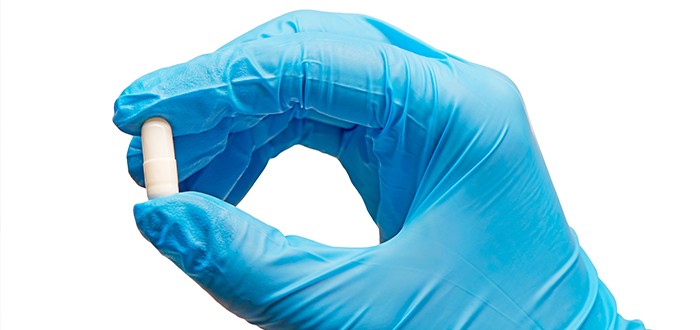Pemetrexed is a pretty good mesothelioma chemotherapy drug. But pretty good is not the same as great.
For that reason, mesothelioma researchers are constantly trying to come up with pemetrexed boosters. These are agents or mechanisms that will make pemetrexed go from good to great.
Researchers from Zagazig University in Egypt and Tokushima University in Japan think they may have seized upon just the formula for achieving that goal. In the European Journal of Pharmaceutical Sciences, the researchers reported success with a pemetrexed booster in the form of a polyethylene glycol-coated liposome.
They found that a potent cytotoxic effect was unleashed against malignant pleural mesothelioma cells when they encapsulated pemetrexed within the liposome.
Chemo Drug Hits Mesothelioma Full Strength
The liposome acts like the gel capsule of any prescription drug you would take orally. When the liposome reaches the mesothelioma cell, it breaks open and releases the pemetrexed.
The pemetrexed that emerges from the liposome capsule is full strength. What normally happens to conventionally administered pemetrexed is it loses strength as it roams through the blood stream.
It packs less punch than it could by the time it reaches the mesothelioma tumor sites. Encapsulation appears to solve that problem, according to the researchers.
The researchers cautioned that this heightened efficacy of pemetrexed has so far only been shown in the lab. They tested their polyethylene glycol-coated liposome encapsulation strategy in a murine solid mesothelioma-xenograft model, not in any actual mesothelioma patients.
So it’s possible that this might not turn out to be a silver bullet once all is said and done. But, for now, the researchers are excited about their work and the possibilities that it presents.
“Our results clearly emphasize the therapeutic efficacy of liposomal pemetrexed over free pemetrexed in conquering aggressive solid tumors such as malignant mesothelioma,” they wrote.
Various Mesothelioma Chemo Release Speeds Tested
A liposome has one big commonality with a mesothelioma cell membrane. Like the mesothelioma cell membrane, the liposome is cast from the same fatty materials.
In fact, that’s what the name “liposome” means — “fat body.” The word “lipos” in Greek means fat and “soma” means body.
In English, when you hear “fat” you think of “big.” A liposome is the opposite of big. It’s miniscule. It’s also round and hollow.
As a result of this hollowness, you can stuff molecules into a liposome. For example, you can stuff it with molecules of pemetrexed, as did the researchers.
There are different types of liposomes. Each type can be broken open to release whatever is inside. However, each type has a different speed at which it releases its contents.
The researchers tinkered with a number of different release speeds by manipulating their liposome’s membrane fluidity. They achieved this by incorporating either a solid-phase or a fluid-phase membrane overlay.
In the course of their experimentation, the researchers took a look at various aspects of liposomal encapsulation of pemetrexed. These aspects included pharmacokinetics, bio-distribution and in vivo anti-tumor efficacy.
The researchers observed that their encapsulation method produced longer-lasting plasma pharmacokinetics.
In lab testing at least, the pemetrexed encapsulated in a fast-release modified liposome “produced superior tumor growth suppression” than was seen with pemetrexed in a slow-release liposome.

